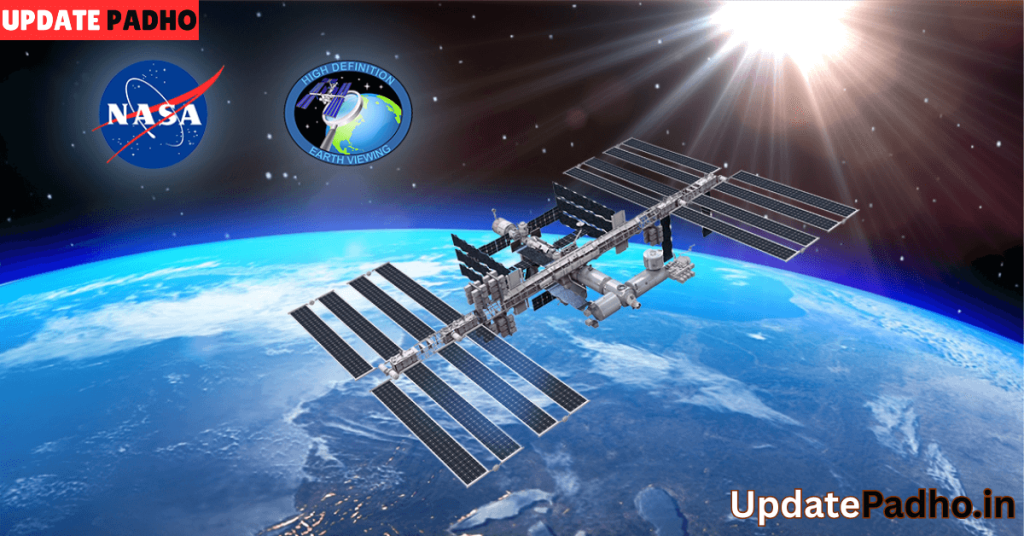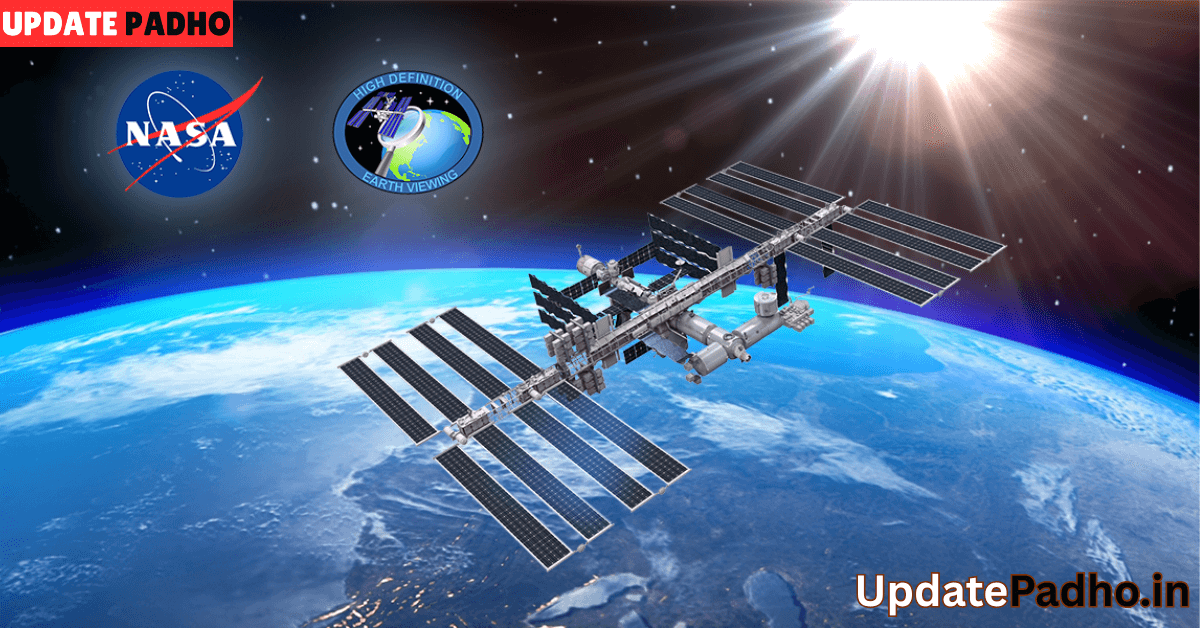Orbiting 400 kilometers above the Earth, the International Space Station (ISS) is more than just a symbol of international cooperation—it’s a cutting-edge laboratory and a stepping stone for humanity’s future in space. Since its first module was launched in 1998, the ISS has grown into one of the most ambitious engineering projects in history. It is a testament to what nations can achieve together and serves as a crucial platform for scientific research and technological innovation.
A Marvel of Modern Engineering
The ISS is a collaborative effort involving five space agencies: NASA (United States), Roscosmos (Russia), ESA (Europe), JAXA (Japan), and CSA (Canada). Its construction in orbit required over 30 missions and contributions from over 15 nations. The station spans the size of a football field and consists of multiple modules for living, research, and operations. It’s powered by solar arrays that generate electricity and maintains a microgravity environment ideal for experiments that can’t be done on Earth.
Building and maintaining the ISS presented unprecedented engineering challenges. Each module had to be designed to fit into the payload of a space shuttle or rocket, then launched into orbit and assembled with precise coordination. Today, the station includes living quarters for up to seven astronauts, laboratories, robotic arms, and a multitude of scientific instruments.
Scientific Discoveries in Microgravity
One of the most important contributions of the ISS is its role as a unique research laboratory. In the microgravity of low-Earth orbit, scientists can conduct experiments that would be impossible on the ground. This has led to breakthroughs in multiple fields, including biology, physics, medicine, and materials science.
For example, researchers study the behavior of cells and bacteria in space to develop new treatments for diseases. They also test how materials degrade in space conditions, which informs the design of better spacecraft and satellites. The ISS has also been instrumental in understanding fluid dynamics, combustion, and the effects of long-term spaceflight on the human body—key knowledge for future missions to Mars and beyond.
Technological Advancements
The ISS serves as a proving ground for new technologies that can be applied both in space and on Earth. One of its most notable systems is the Environmental Control and Life Support System (ECLSS), which recycles air and water to support long-term human habitation. This technology is now being adapted for remote or disaster-stricken areas on Earth.

Robotics have also seen major advances thanks to the ISS. Canada’s contribution, the Canadarm2, is a robotic arm used to move cargo, perform repairs, and assist astronauts during spacewalks. These technologies are influencing fields like remote surgery, autonomous vehicles, and artificial intelligence.
Additionally, the ISS is playing a key role in testing commercial technologies. Private companies like SpaceX and Boeing have developed spacecraft to ferry astronauts and cargo to the station, marking a shift toward the commercialization of low-Earth orbit. This not only lowers costs for space travel but also paves the way for a new space economy.
International Cooperation and Education
The ISS is arguably the greatest example of peaceful international collaboration. Despite geopolitical tensions on Earth, astronauts from around the world live and work together in the confined quarters of the station. This sends a powerful message about the potential of global unity in tackling shared challenges, such as climate change, resource scarcity, and space exploration.
The station also plays an important educational role. It inspires millions of students worldwide to pursue careers in STEM (science, technology, engineering, and math). Programs that allow students to send experiments to the ISS or communicate with astronauts have made space exploration more accessible than ever before.
The Road Ahead
The ISS is expected to remain operational until at least 2030. Beyond that, new space stations—both governmental and commercial—are being planned. NASA and its partners are focusing on the Artemis program and the Lunar Gateway, a new station that will orbit the Moon and serve as a base for lunar missions.
The legacy of the ISS will live on in these future missions. It has laid the groundwork for deeper exploration of our solar system and taught us how to survive and thrive in space. The lessons learned aboard the ISS are not just for astronauts—they’re shaping the technologies and innovations that will define life on Earth and beyond.



